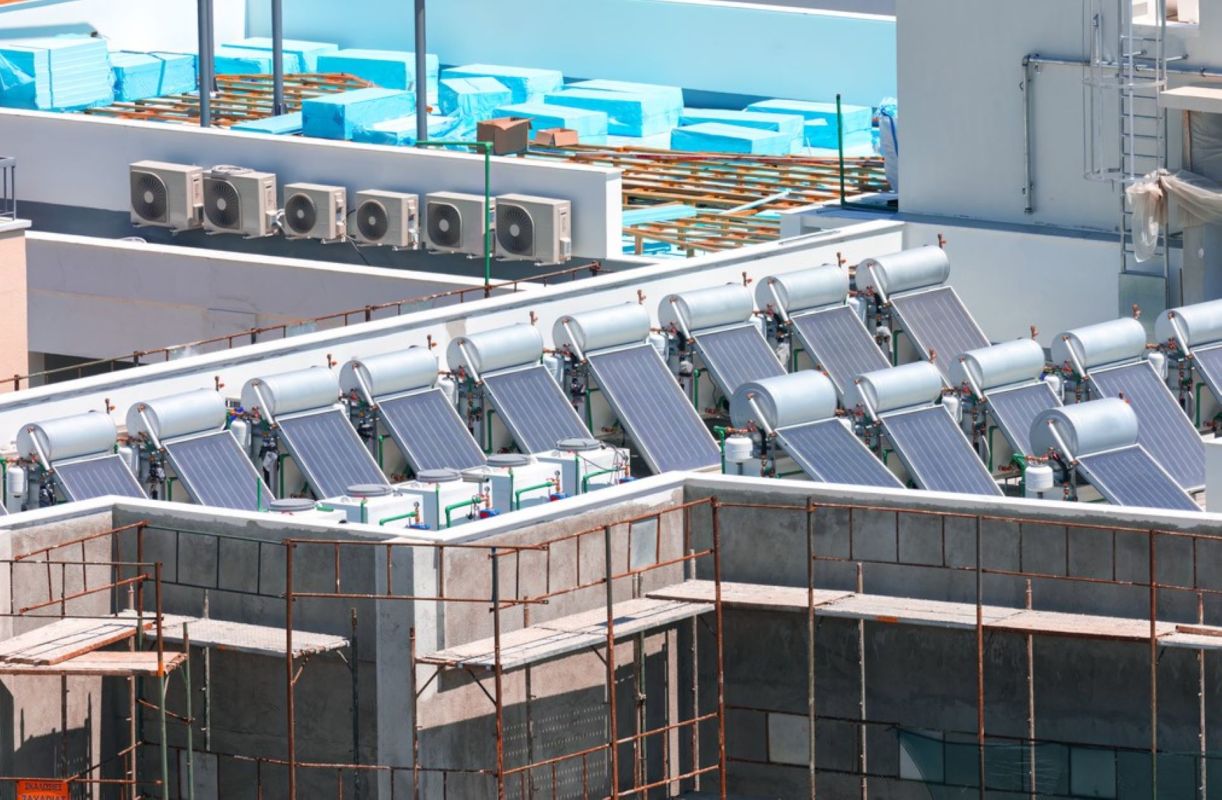Nobody wants termites in their home. But it turns out that aspects of a termite's home might very well make our human habitats cooler and more efficient.
Researchers at Sweden's Lund University are studying airflow in termite mounds to see how the little Euclids are utilizing geometry for better ventilation.
If humans can successfully borrow from the insectoid designs, it could cut air pollution, lower cooling costs, and have other benefits in future builds.
What are the termites doing right?
They are smart builders, according to Lund researchers. Termite mounds have a "sophisticated" system of thousands of tunnels, channels, and air chambers, which maximize airflow to keep the temperature cool inside.
"It's fascinating how the termites' building process manages to create extremely complex, well-functioning 'engineering masterpieces,' without having the centralized control or drawings to refer to that we would need," David Andréen, a senior lecturer at Lund who wrote the article on the research, said in a university report.
Now, the experts are studying how geometry can be used in buildings to generate cooler airflow without energy-consuming fans.
How did the researchers see inside the mounds?
The experts took CT scans to look at channels in termite mounds from Namibia and used 2D and 3D models to study airflow, according to Lund. The scans revealed a network of "smooth, curved channels."
They moved air, carbon dioxide, and water mixed with dye through the models to see how the flow reacted.
A photo of the inside of a mound (home to more than a million termites), published by Frontiers Science News, looks like a closeup image of a sponge. For termites, this creates turbulent airflow, a key factor for their unique brand of cooling ventilation.
"The results show that the tunnel networks in the outer walls of the termite mound can capture wind and create interior turbulence, which leads to increased air exchange with the surroundings and helps to control the indoor climate," according to Lund's report.
Why does it matter?
Cooling air is a costly and energy-consuming process.
Air conditioners suck up about 6% of the power generated in the U.S., according to the Energy Department. That power supply costs Americans $29 billion each year, producing about 129 million tons of air pollution, the department reported.
From mound to Main Street
The Lund experts said that 3D printing will be key to replicating termite tech in homes and buildings. But recreating the complex termite structures won't be easy. The researchers envision walls filled with networks of channels, using sensors and actuators to move air — requiring far less energy than common fans, Frontiers reported.
"We are on the brink of the transition toward nature-like construction," study co-author Dr. Rupert Soar, who works at Nottingham Trent University, said in the Frontiers story. "For the first time, it may be possible to design a true living, breathing building."
Join our free newsletter for weekly updates on the coolest innovations improving our lives and saving our planet.









